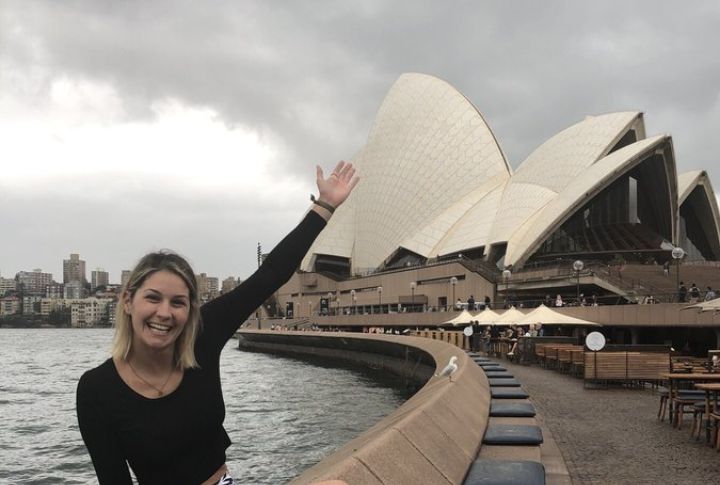
Buildings can be more than walls and roofs when architects push themselves beyond standard expectations. The difference lies in thoughtful details and the willingness to give a project more than the blueprint requires. And sometimes, the results are just amazing! So, here are 20 projects where architects put in their creativity and built something huge.
Guggenheim Museum Bilbao
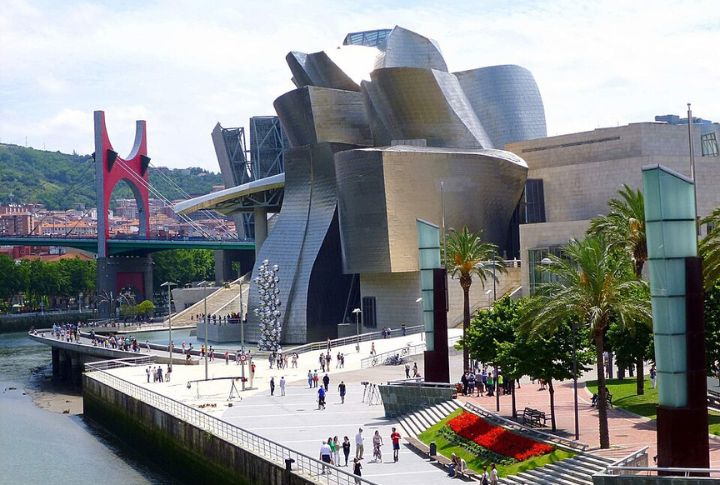
When you stand by the Nervion River in Spain, you’ll see the Guggenheim shimmer like a giant school of titanium fish. Step inside, and you enter a vast atrium that feels like a blooming flower. Designed by Frank Gehry, it covers 24,000 m² with 11,000 m² for exhibitions.
The High Line, New York City
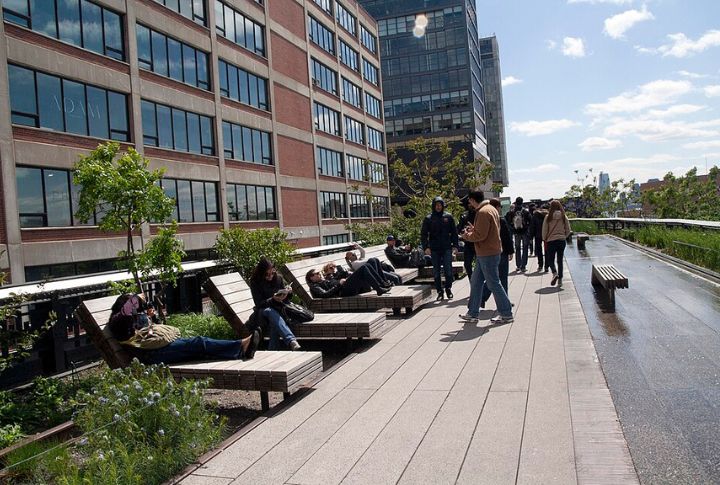
Walking the High Line puts you above Manhattan streets on what was once an abandoned railroad. Along the 1.45-mile stretch, you’ll pass 500 types of plants and trees. What began as wild growth is now a green escape and a model for city parks worldwide.
Fallingwater, Pennsylvania
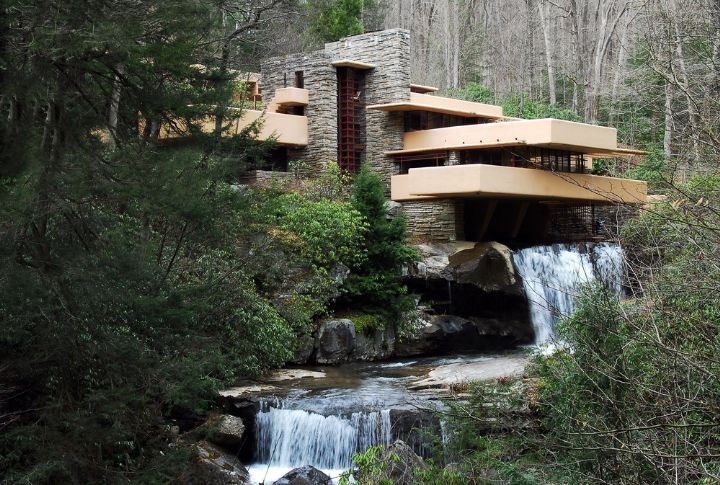
At Fallingwater, you experience architecture built directly above a waterfall. Frank Lloyd Wright’s cantilevered terraces look like stone ledges growing from the rock. Finished in 1935, it graced Time magazine by 1938 and became a National Historic Landmark in 1966.
Burj Khalifa, Dubai
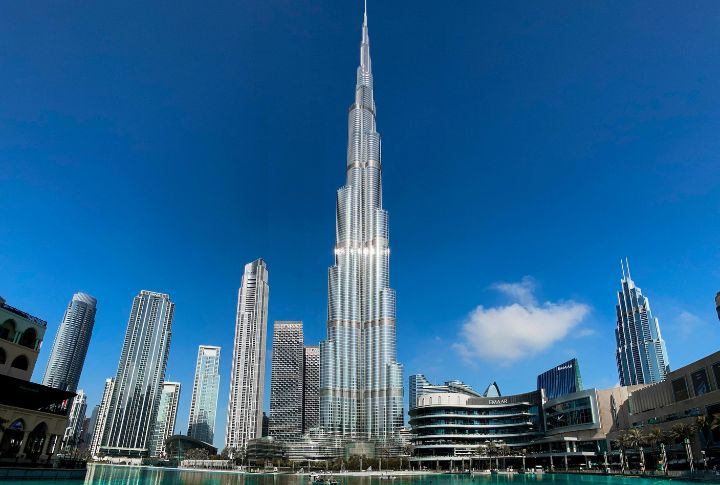
Look up in Dubai and you’ll see the Burj Khalifa boldly piercing the sky at 828 meters. Inspired by the Hymenocallis flower, Adrian Smith’s design includes 154 floors and an observation deck at 585 meters. Since 2010, it’s been the tallest building you can step inside.
Gardens By The Bay, Singapore
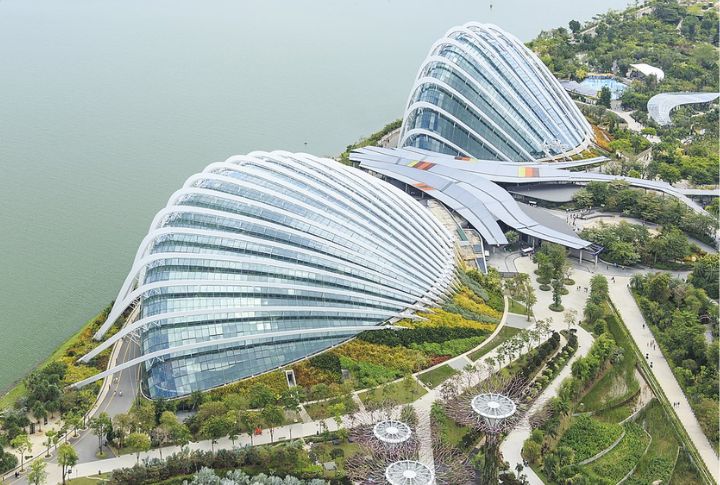
In Singapore, you can wander 101 hectares of futuristic gardens. The Flower Dome, the world’s largest glass greenhouse, shows off plants from across the globe. Towering Supertrees capture sunlight and rain, blending design with sustainability. No wonder it was named World Building of the Year in 2012.
The Eden Project, Cornwall
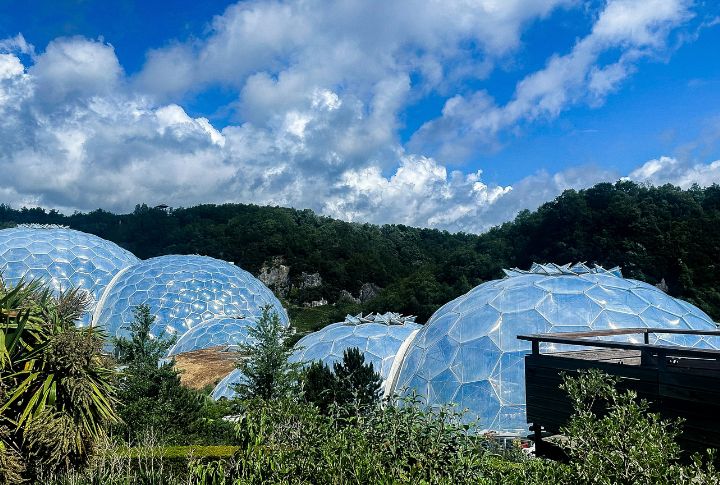
When you walk into the Eden Project, you step inside giant bubble-like biomes made of hexagonal ETFE panels. Built in a reclaimed clay pit in 2001, it shelters the world’s largest indoor rainforest and even doubles as a concert venue for stars like Elton John and Oasis.
Sydney Opera House, Sydney
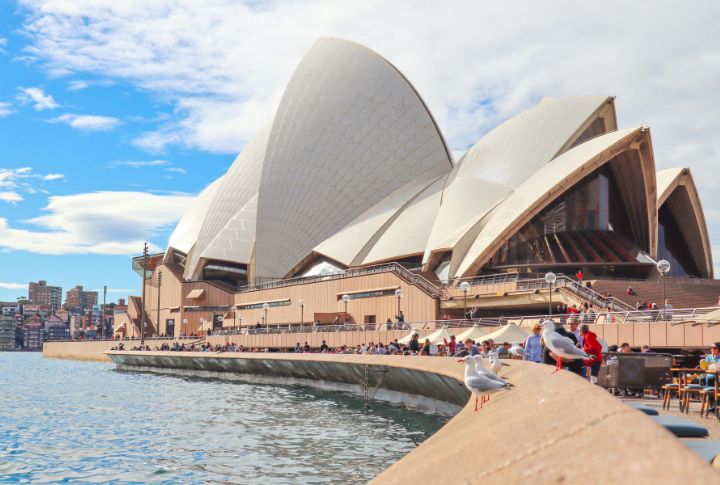
Look closely at the Sydney Opera House. Its famous white shells are made from over a million tiles. Officially opened in 1973, this UNESCO World Heritage Site became one of the world’s most recognizable landmarks. Sadly, the architect of Sydney Opera House, Jorn Utzon, never saw it finished.
Bosco Verticale, Milan
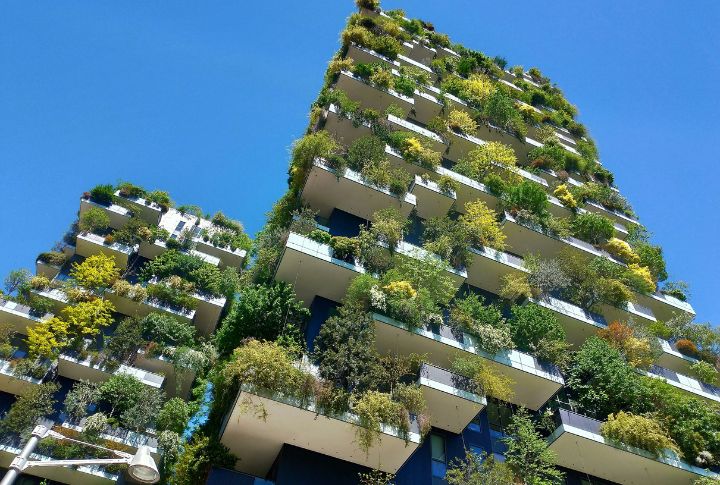
Imagine living in a skyscraper wrapped in a forest. That’s what Bosco Verticale offers in Milan, where two towers hold 730 trees, 5,000 shrubs, and 11,000 plants. Completed in 2014, architect Stefano Boeri’s design cleans city air while blending nature and urban living.
Tate Modern, London
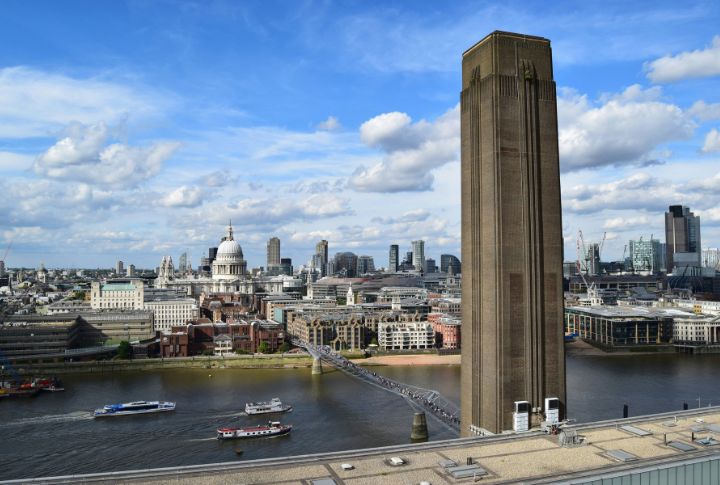
At Tate Modern, you explore art inside what was once a power station. Its 99-meter chimney still dominates London’s skyline, but today the vast Turbine Hall hosts jaw-dropping installations. Since opening in 2000, it’s become one of the world’s most visited modern art museums.
Lotus Temple, New Delhi
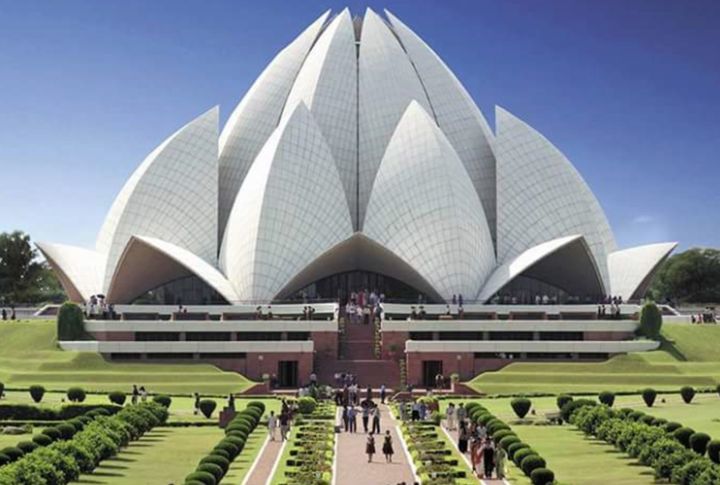
When you step inside the Lotus Temple, you’re surrounded by 27 marble “petals” forming a giant lotus flower. Opened in 1986, this Bahaʼi House of Worship isn’t tied to one faith. Surprisingly, the place welcomes everyone. It’s both a stunning architectural icon and a place for peaceful reflection without judgment.
Sagrada Familia, Barcelona
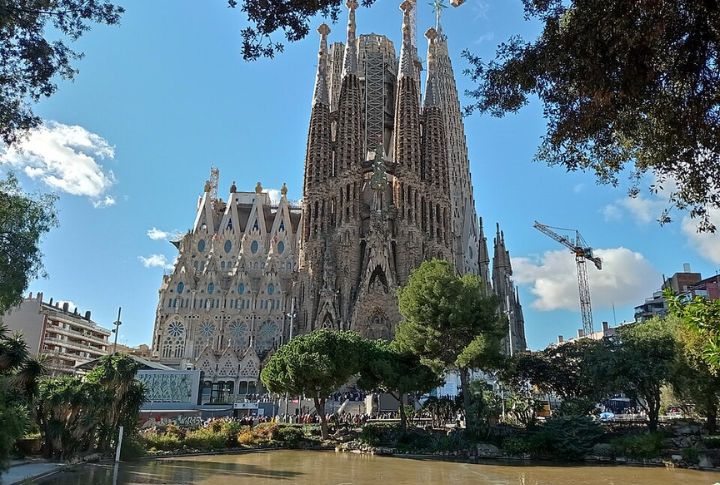
In Barcelona, you can witness the Sagrada Familia, which has been under construction for more than 140 years, having begun in 1882. Antoni Gaudi’s basilica mixes natural shapes with precise geometry. Now a UNESCO World Heritage Site, it’s among the world’s longest-running building projects.
Kunsthaus Graz, Graz
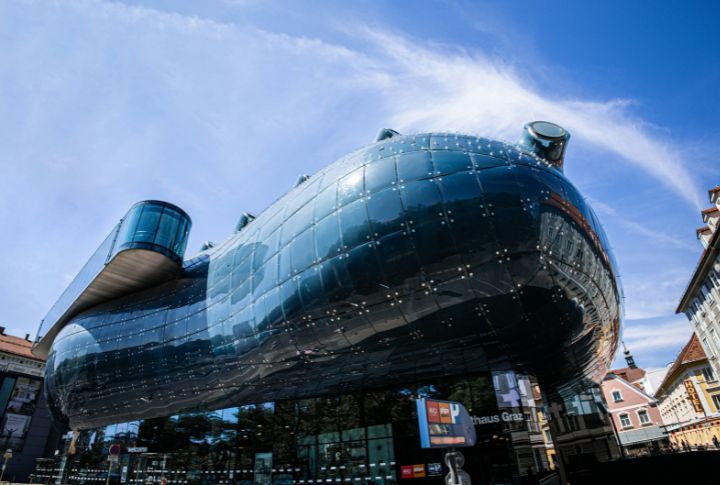
When you see Kunsthaus Graz, it feels both alien and inviting. Its curving blue PLEXIGLAS skin earned it the nickname “Friendly Alien.” Built in 2003, the contemporary art museum even has a media facade that lights up with messages for passersby at night.
Louvre Pyramid, Paris
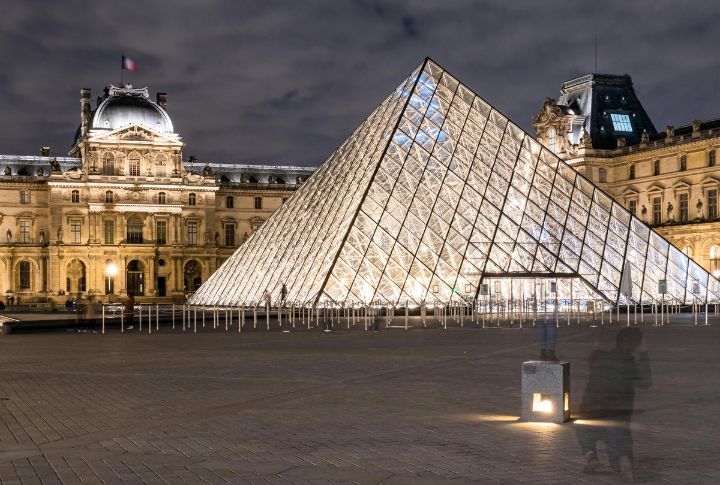
In the Louvre, you pass through I.M. Pei’s glass pyramid—673 panes framed in metal. Parisians once hated the idea back in the 1980s, but since its 1989 debut, it’s become the museum’s defining entrance and a Paris landmark.
Heydar Aliyev Center, Baku
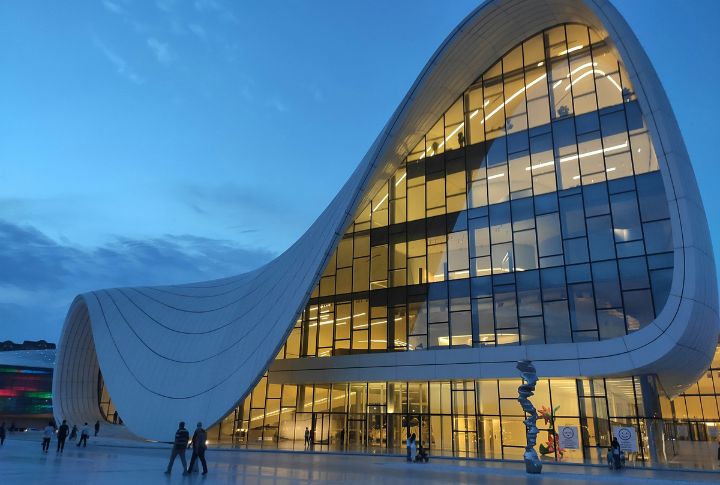
Baku brings you Zaha Hadid’s Heydar Aliyev Center, which flows across the scene with no sharp angles at all. Its smooth, curving forms opened in 2013 and won Design of the Year. Walking around it feels rhythmic. The curves don’t just decorate the exterior—they choreograph your movement and attention, too.
Shanghai Tower, Shanghai
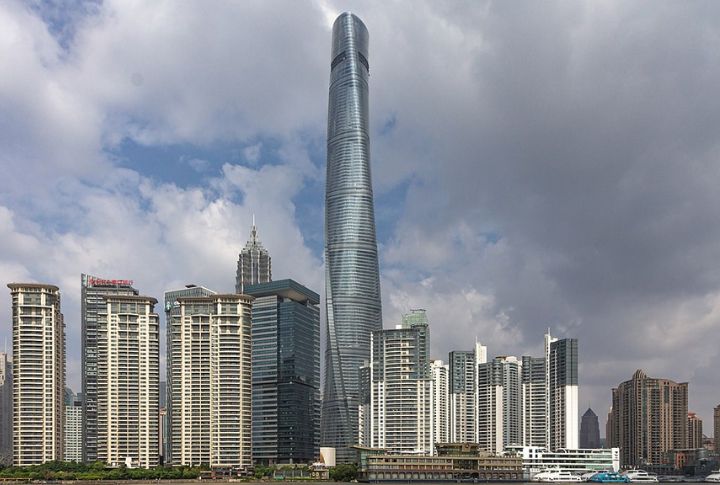
The Shanghai Tower is China’s tallest building, rising 632 meters and having 128 floors. Its twisted design cuts wind pressure by nearly a quarter! The elevators race upward at 20.5 meters per second, just shy of the world record.
Oslo Opera House, Oslo
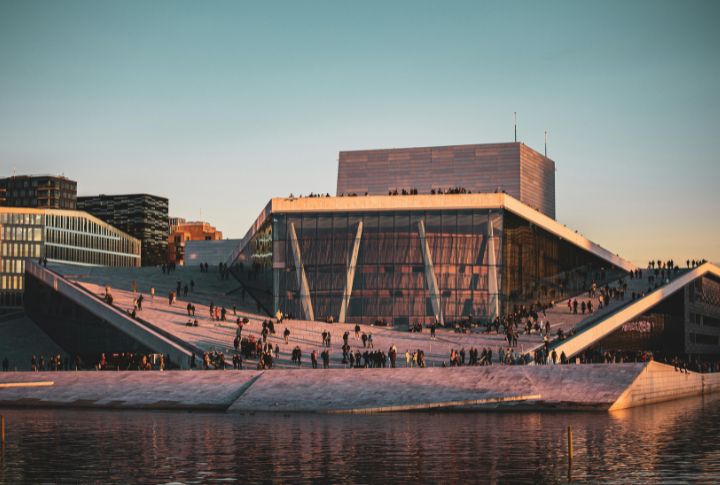
In Oslo, you don’t just enter the Opera House; you climb it. Its sloping, glacier-like roof is made for walking to let you take in the harbor views. The masterpiece opened in 2008 and won the EU Prize for Contemporary Architecture the very next year.
Vatican Museums Spiral Staircase, Rome
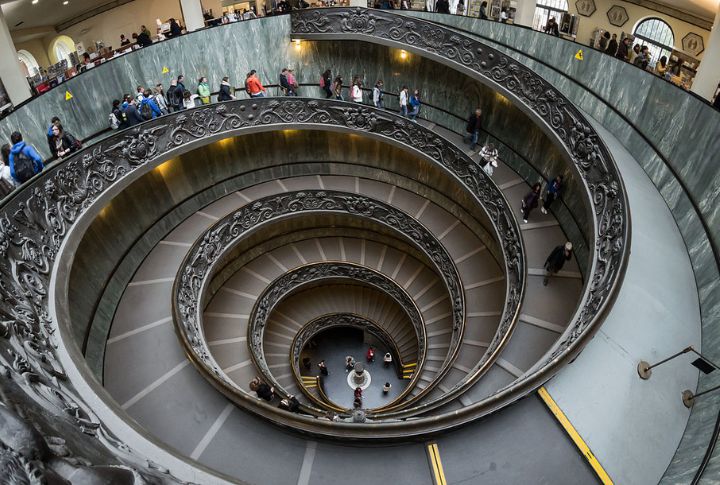
Inside the Vatican Museums, you’ll likely find yourself on the famous double helix staircase. Built in 1932 by Giuseppe Momo, it lets people go up and down without crossing paths. Inspired by a Renaissance design, it’s now one of the museum’s most photographed features.
The Shard, London
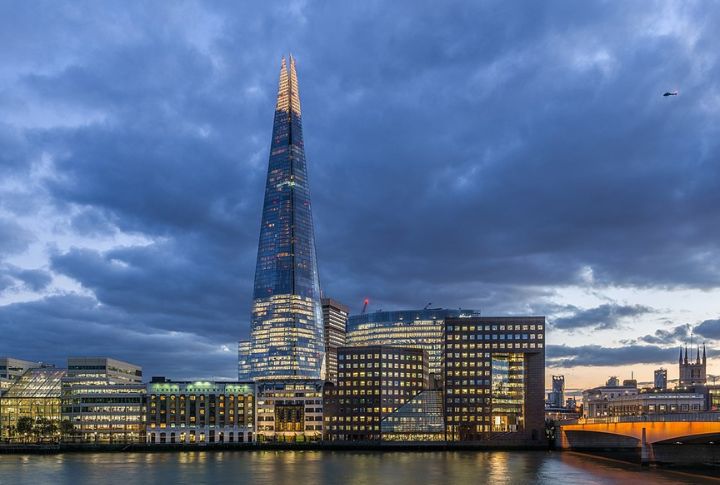
When you see The Shard pierce London’s skyline at 310 meters, you’re looking at Britain’s tallest building. The 11,000 glass panels sparkle like shards of crystal, echoing church spires and ship masts. Designed by Renzo Piano, it opened its doors in 2012.
Walt Disney Concert Hall, Los Angeles
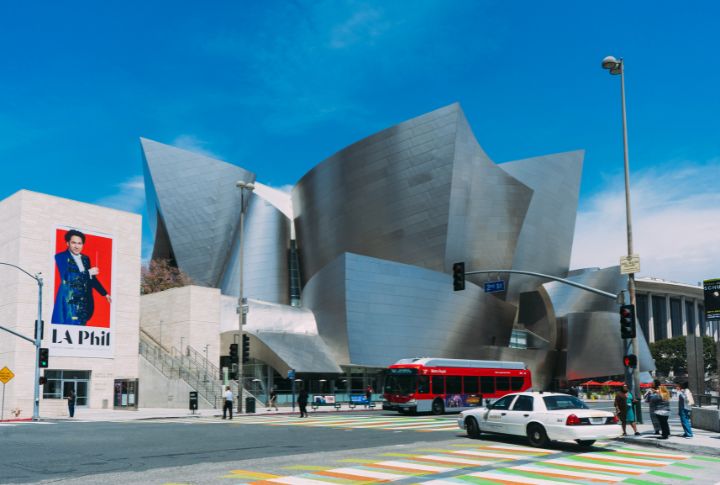
Standing in front of the Walt Disney Concert Hall lets you admire sunlight ripple across its sweeping steel curves. Frank Gehry’s 2003 design once reflected so brightly that it started bothering neighbors. But after adjustments, it became a visual icon and a world-class home for the LA Philharmonic.
Niteroi Contemporary Art Museum, Brazil
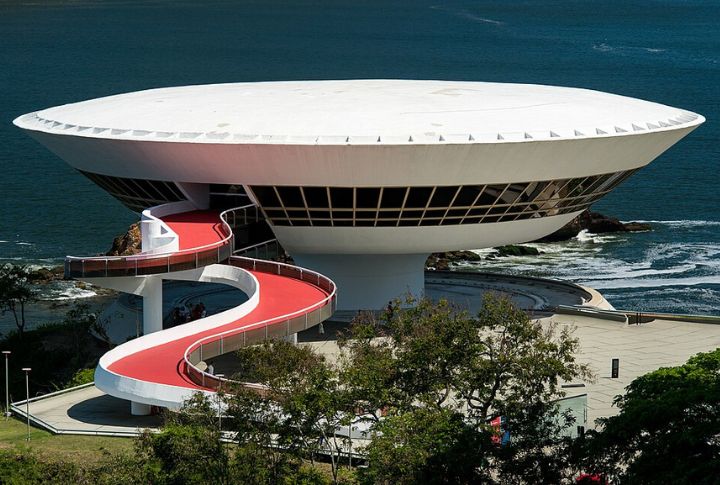
Perched above the coast near Rio, the Niteroi Contemporary Art Museum looks like a flying saucer blooming from the earth. Designed by Oscar Niemeyer in 1996, it rises 16 meters above the ground and frames unforgettable views of Guanabara Bay plus the city skyline.

